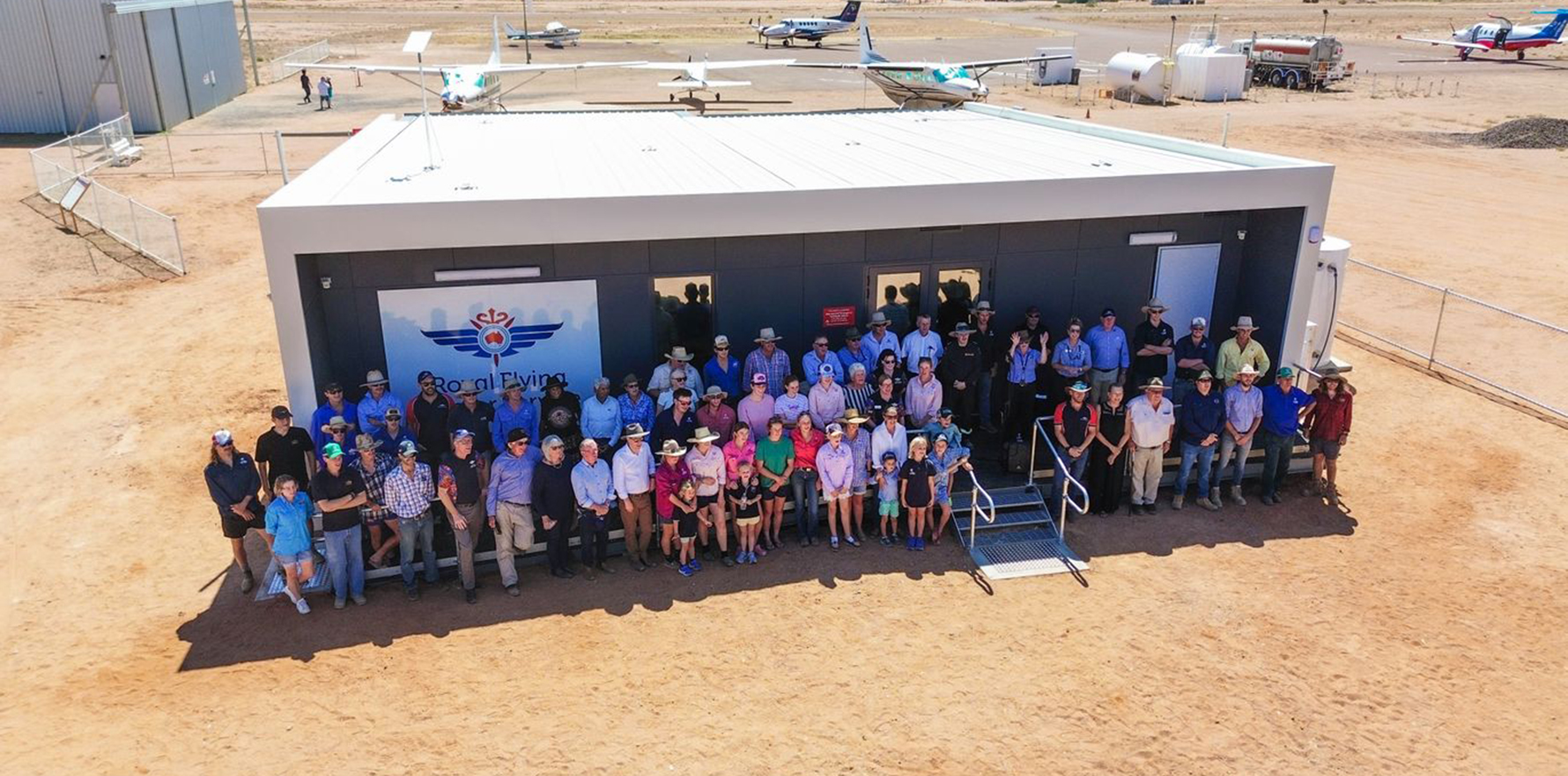South Australia’s Royal Flying Doctor Service has built a virtual emergency department in a town of 10 people.
William Creek, a town of just 17 people on South Australia’s Oodnadatta Track, is now home to an Australian-first unmanned emergency department courtesy of the Royal Flying Doctors Service.
While the town has very few permanent residents, it attracts around 26,000 tourists each year as they drive the Oodnadatta Track or visit Kati Thanda-Lake Eyre National Park.
The two-room prefabricated health hub is fitted out with a fingertip oxygen monitor, blood pressure monitor, electrocardiography leads, a defibrillator and a telehealth setup.
It’s even cleared accreditation, and there’s talk of adding an ultrasound probe in the future.
One of the local residents has custody of an RFDS medicalcChest, which contains a range of pharmaceutical and non-pharmaceutical treatment items.
In the event of an emergency, people in William Creek can use an intercom on the side of the building to contact the RFDS and get let into the facility at any time of day or night.
They’re then connected to an on-call RFDS doctor, who can alert the medical chest custodian and instruct them on immediate care while an RFDS aeromedical crew fly in.
“The real innovation here is creating a system that facilitates the chain of survival and links patients who are hundreds of kilometres from help with immediate hospital-grade medical treatment,” said RFDS SA chair Peter de Cure.
Before the health hub opened, the closest hospital was two hours’ drive away in Coober Pedy which only has 10 acute care beds and three emergency department beds.
The road to Coober Pedy itself is unsealed.
The RFDS will also be using the health hub as a base to conduct its ongoing fortnightly fly-in community health clinics, which have historically been conducted at the local pub.
The telehealth facilities will allow the visiting doctors to transmit high-quality photographs of wounds, skin, throat and dental exams, paving the way for virtual specialist treatment.
“We now have a fit-for-purpose space where our doctors, nurses and even our oral health team, physiotherapist and other allied health clinicians can set up full-scale clinics,” Mr de Cure said.
“The William Creek Community Health Service will revolutionise health care for residents of William Creek, neighbouring stations and the tens of thousands of tourists who make their way along the remote Oodnadatta Track.”
While the virtual emergency department project was largely driven by the RFDS, SA’s Outback Communities Authority contributed $1 million in funding via the Federal Government Local Roads and Community Infrastructure Program.
The authority is also providing the project with high-speed internet capability through Starlink’s satellite technology.


